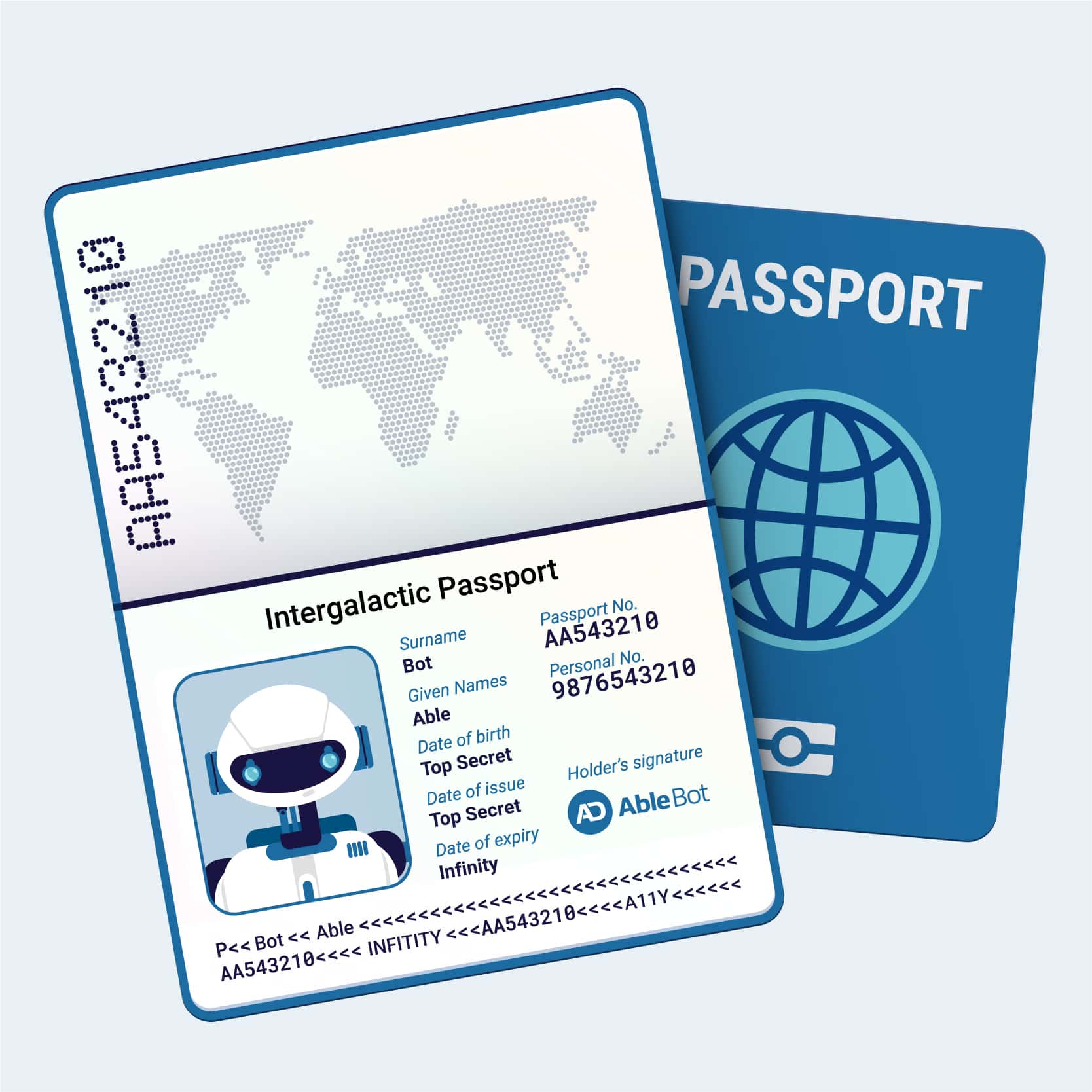Travelling can be a source of joy and excitement, providing a change of scenery, exposure to different cultures, and a break from our daily routines. However, for people with disabilities, the experience can often be stressful and challenging, primarily due to the lack of accessibility options during every step of the journey, especially in the digital realm. This article aims to shed light on these challenges, from researching and booking to navigating airports and staying in hotels.

Part 1: Research and Booking – A Virtual Nightmare
Researching Destinations
Accessibility begins long before the actual trip — it starts at the research phase. People with disabilities need to ensure that the destination, attractions, accommodations, and transportation options can cater to their needs. However, many tourism websites lack accessibility features, like alt text for images, video captions, or keyboard navigation for those who cannot use a mouse.
The lack of clear, comprehensive information about the accessibility of attractions or destinations is another major issue. Users often scour the web for blog posts, reviews, or forum discussions from others with similar disabilities to understand the reality. This process is not only time-consuming but also uncertain.
Booking Flights and Accommodations
Once a suitable destination is found, the booking process begins. Unfortunately, many booking platforms are not fully accessible for people with disabilities. A person with sight loss using a screen reader might struggle to fill out forms if they’re not correctly labelled. Meanwhile, a person with motor impairments could have trouble if the platform requires drag-and-drop or quick responses (e.g. when there’s a limited booking window). Not to mention, once a transaction is finally complete, the documents of record are inaccessible PDFs.
Part 2: The Airport Gauntlet
Digital Check-ins and Navigating Airports
Many airlines have digitized their check-in process, enabling passengers to check in and access boarding passes via mobile apps. However, these apps often lack features to assist people with disabilities, such as voice-over capabilities or user-friendly interfaces for those with cognitive impairments.
Moreover, navigating expansive airports is an ordeal, especially for people with mobility impairments. While most airports provide physical assistance, a lack of real-time digital assistance, like accessible digital maps or guidance apps, can lead to stress and uncertainty.

Part 3: Accommodations and Excursions – A Lack of Clarity and Support
Checking in at Hotels
At the hotel, digital self-service check-in kiosks are becoming more common. Yet, similar to airline apps, these often don’t cater to the needs of people with disabilities. For instance, these kiosks might not have braille for people with sight loss or might be placed at an unreachable height for someone in a wheelchair.
Booking Excursions
Finally, booking local excursions online can mirror the initial booking experience. A lack of detailed accessibility information, coupled with potentially inaccessible booking platforms, can turn what should be an exciting activity into a frustrating experience.
A Call for More Digital Accessibility
While the physical challenges people with disabilities face while travelling are more visible, the difficulties they encounter in the digital space are often overlooked. A lack of digital accessibility in travel and tourism significantly affects the ability of disabled individuals to plan, book, and enjoy their trips independently.
Creating a more inclusive and accessible digital environment isn’t just a matter of legal compliance or corporate responsibility — it also makes business sense. By making platforms more accessible, companies can reach a broader customer base. This means investing in web design that meets WCAG guidelines, providing detailed accessibility information, and training staff to understand and cater to the needs of travellers with disabilities.
Ultimately, everyone should have the right to experience the joy of travel. It’s time for the travel industry to step up and make digital accessibility a priority, creating an inclusive environment where all travellers can roam freely.



